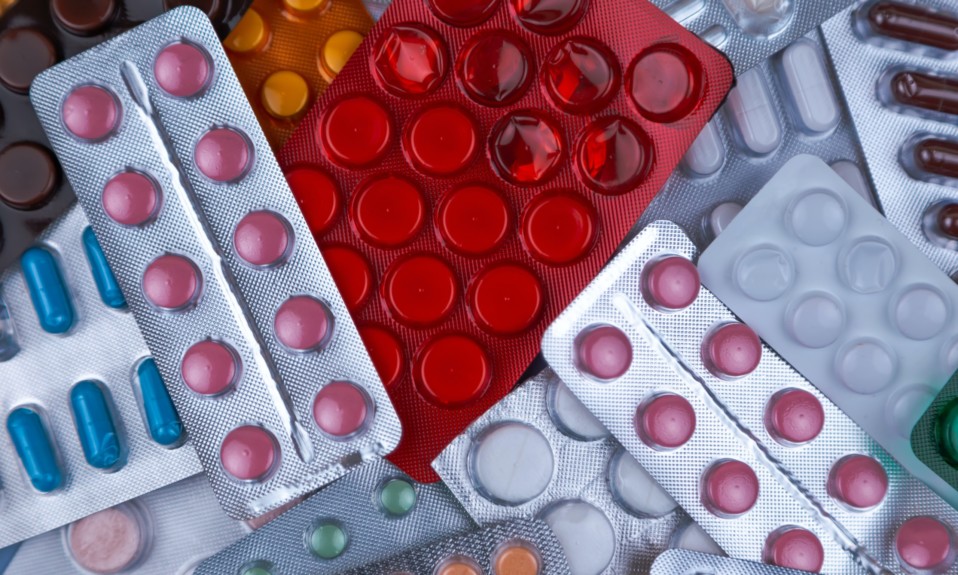Plus: Soaring overdose numbers among older adults, and how Oxford House recovery homes kept COVID at bay
By Mark Mravic
The scourge of fentanyl in the U.S. has been driven by massive illegal importation of the synthetic opioid, over the border or shipped through the mail. Now researchers at Sandia National Laboratories in New Mexico have developed a novel method to detect synthetic opioids in tiny amounts, which could lead to hand-held instruments for border agents and other law enforcement personnel to sniff out the illicit drug in the field.
Also on the radar are shocking new numbers on opioid overdose deaths among an overlooked population—older adults; and how residents of self-help recovery homes fared during the first wave of the COVID-19 pandemic.
From Sandia Labs:
A Hand-Held Fentanyl Detector?
The federally funded mission of Sandia Labs is to explore solutions to national security issues. Most of that work focuses on nuclear weapons, cybersecurity and other hard-power applications. But the threat of illicit synthetic opioids to the nation’s wellbeing is profound, so it shouldn’t surprise us that Sandia has taken on that challenge.
Detecting fentanyl can be difficult because the drug has thousands of “analogs”—slight alterations to the chemical structure that mimic the effects of the original but are much more powerful and deadly. Keeping up with those ever-evolving analogs has been difficult. To address the problem, Sandia researcher Matthew Moorman used a miniaturized spectrometer, normally intended for sensing explosives, to identify the common molecular structure, or “core,” shared by all those analogs. Using this method, Moorman was able to detect the relevant fragment of synthetic opioid in samples of less than a billionth of a gram, even when it was mixed with commonly used cutting agents.
Not only does the approach promise to simplify fentanyl detection, but it also can pick out new analogs more easily, which would be a boon for law enforcement agents trying to slow the tide of illicit imports. Moorman said the method “could lead to more efficient screening of trace amounts of opioids at the border or in mail-sorting stations.” Sandia hopes to have a functional device, which could also detect other classes of illegal drugs, available within three years.
From the JAMA Network:
Soaring Overdose Deaths Among Older Adults
Opioid overdose deaths in the U.S. in 2019 were about five times what they were 20 years earlier, a troubling figure. But the rise in opioid fatalities among adults 55 and older—an overlooked population in discussions of addiction issues—has been truly staggering. A new study from Northwestern found opioid deaths in older adults were up 1886% since 1999. Among the contributing factors, researchers suggest, are increased exposure to prescription opioids for conditions such as arthritis and cancer; declining cognitive function that could lead to prescription misuse; and the body’s decreased ability to metabolize opioids as we get older.
“We don’t think of [older adults] seriously—not as potential victims of domestic abuse, physical or sexual assault or drug addiction. That needs to change.”
Prof. Lori Post, Northwestern University
Ageism, too, may play a big role. Older adults just don’t fit the stereotype of opioid misuse, says Northwestern professor Lori Post, PhD, the study’s senior author, so doctors aren’t screening their older patients for SUDs. “They’re invisible,” Post said in a news release on the study. “We’re talking grandmas and grandpas doing drugs, and to the point of overdosing. We don’t think of them seriously—not as potential victims of domestic abuse, physical or sexual assault or drug addiction. That needs to change.”
The increase has been especially pronounced among African American men 55 and older, whose opioid overdose fatality rate in 2019 was four times that of others in that age group. Researchers note that older Black men are more likely to have experienced trauma, may lack insurance and access to healthcare, and are undertreated for pain. Overall, said Post, “We need to inform the services that cater to older adults … about these potential issues and how to recognize the signs of drug misuse.”
From the Journal of Rural Mental Health:
Oxford Houses and COVID-19
Nursing homes and other residential healthcare facilities were at the epicenter of the COVID-19 pandemic at its outset. Close living arrangements and chronic health issues among populations in such facilities meant the virus could spread quickly, causing higher rates of infection and death. But a study out of Chicago’s DePaul University found the opposite to be the case in self-help recovery homes for those with substance use disorder—despite the increased risk of COVID-19 infection and severity among those battling addiction.
DePaul’s Leonard A. Jason, PhD, and his team looked at data from more than 36,000 residents of Oxford Houses across the country from March 2020 to January 2021. They found that COVID-19 infection rates for Oxford House residents were less than one-quarter that of the general state population, and mortality rates were 10 times lower. What’s more, there were no deaths in rural Oxford Houses—those in areas with a population of less than 2,500.
Jason attributes those numbers to the strong self-help spirit in the houses, which are self-governed and not staffed by mental health professionals. “Oxford House recovery homes might have some distinct advantages in helping reduce COVID-19 infections and death, as the house members have a sense of community and a desire to help fellow residents both stay abstinent and healthy,” Jason said. “People living in Oxford Houses learn to be more careful and respectful. They are creating an environment that’s focused on safety.”
Photo: Volodomyr Hryshchenko














